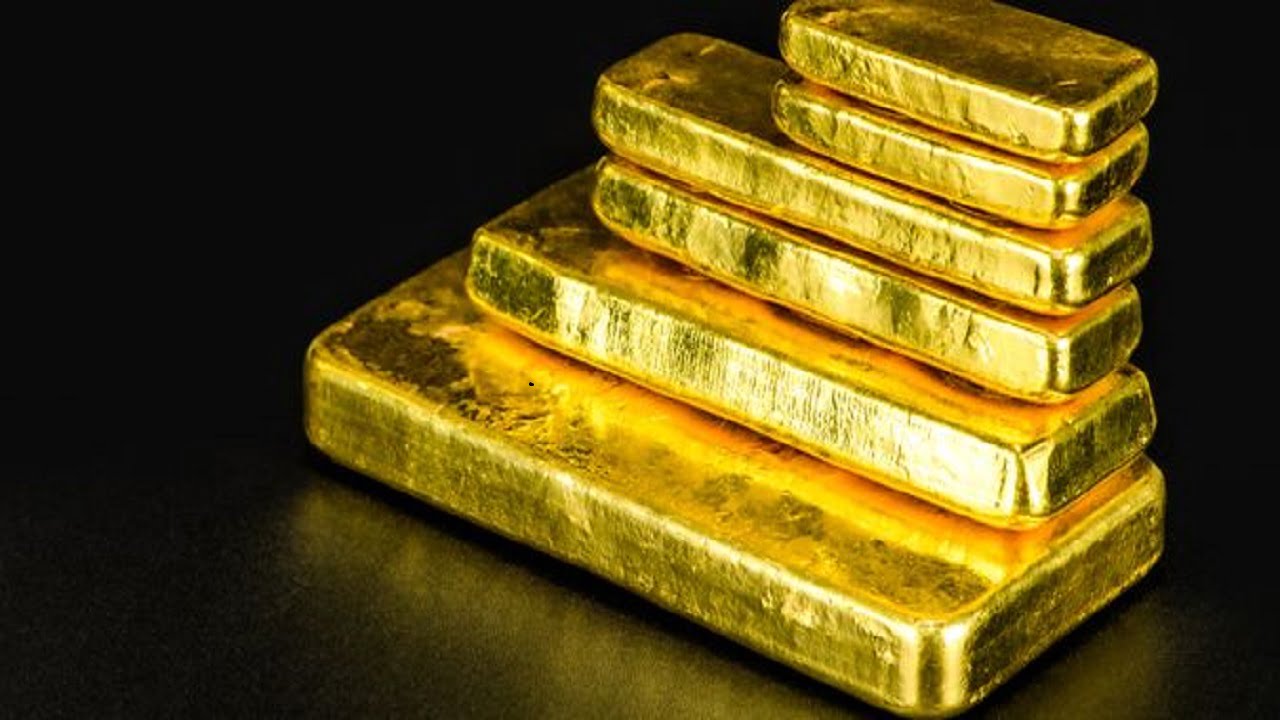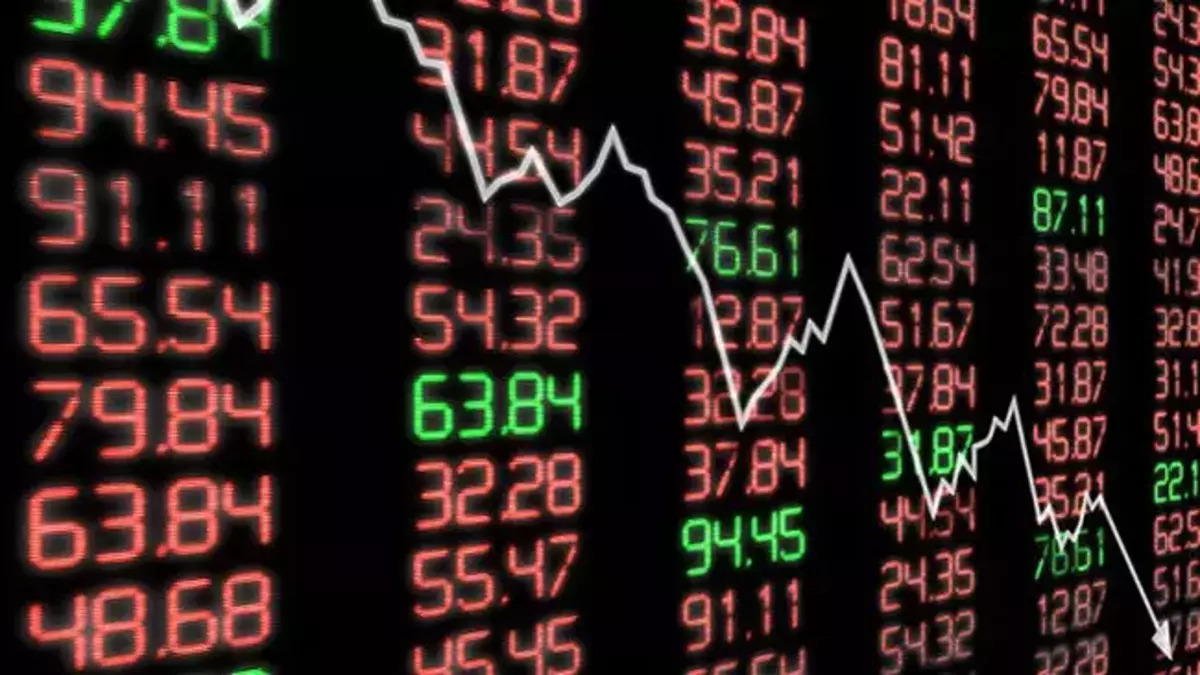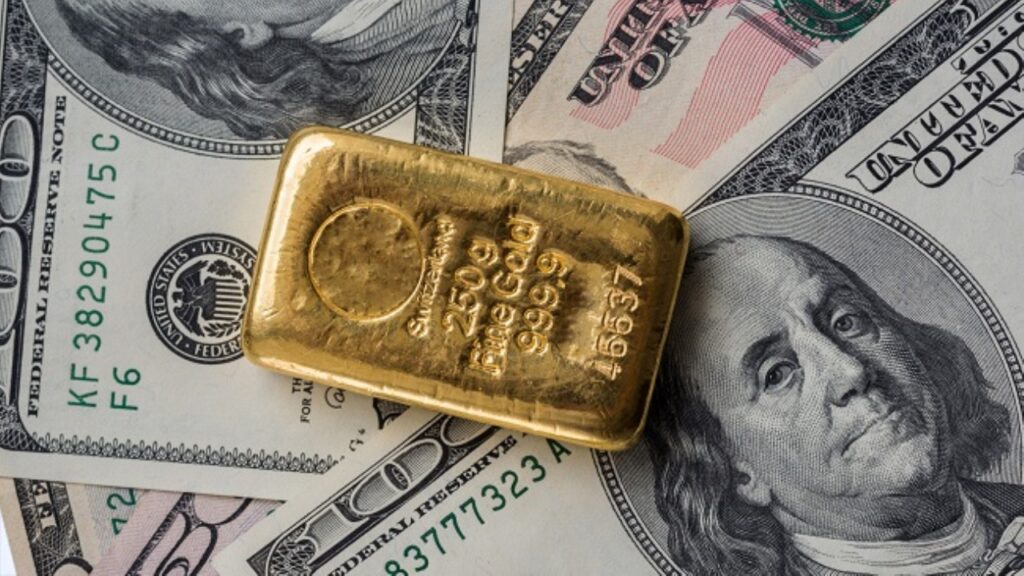The gold market saw strong physical demand in the first half of the year. However, slowing growth in the second quarter prompted the World Gold Council (WGC) to lower its outlook for the remainder of the year.
“Upside surprises for gold investment are on the table”
WGC says the challenging economic environment presents obstacles and opportunities for the precious metal. Analysts, in their mixed outlook, note that persistent inflation pressures along with increasing market uncertainty will support gold prices for the rest of the year. However, the solid momentum in the US dollar will act as a significant upside head. Analysts make the following assessment in the report:
It is possible that some macroeconomic factors, such as aggressive monetary tightening and continued strengthening of the US dollar, are creating headwinds. However, upside surprises remain on the table for gold investment.
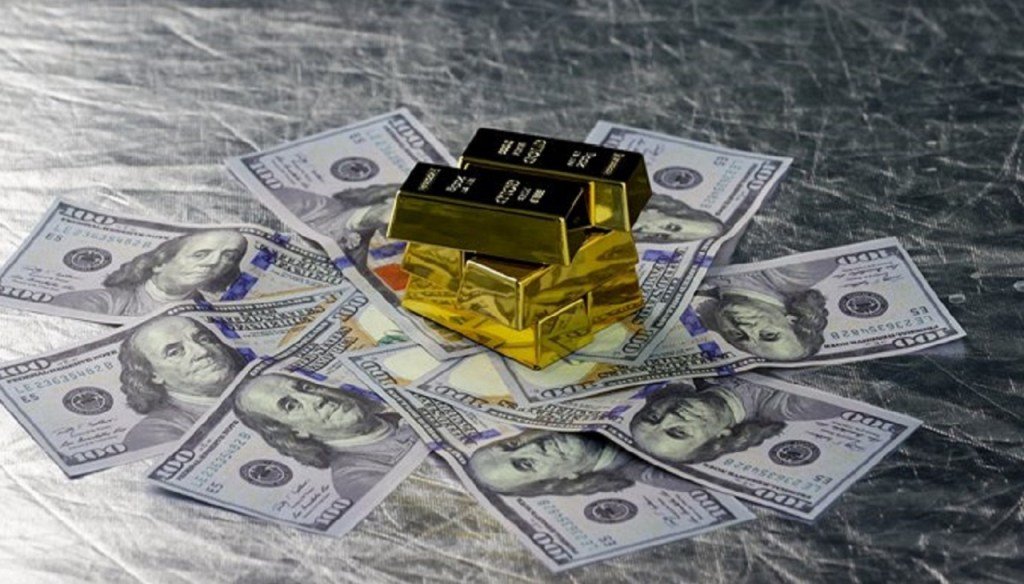
WGC does not expect market crash
WGC lowered its 2022 outlook in its second-quarter trend report released Wednesday. The Council expects demand to be relatively flat by the end of the year. The report says demand for physical bullion fell 948 tons, or 8%, from the second quarter of 2021. However, physical bullion demand in the first half of the year increased by 12% compared to the first half of last year, reaching 2,189 tons. Analysts state the following:
Although the first half ended well, ETF and OTC demand combined, posting the third largest first half since 2010. It set a slightly weaker tone for second-quarter ETFs, which has continued so far in July. And it’s possible that this could set a precedent for the remainder of the second half, given a potential inflation softening amid aggressive monetary policy tightening.
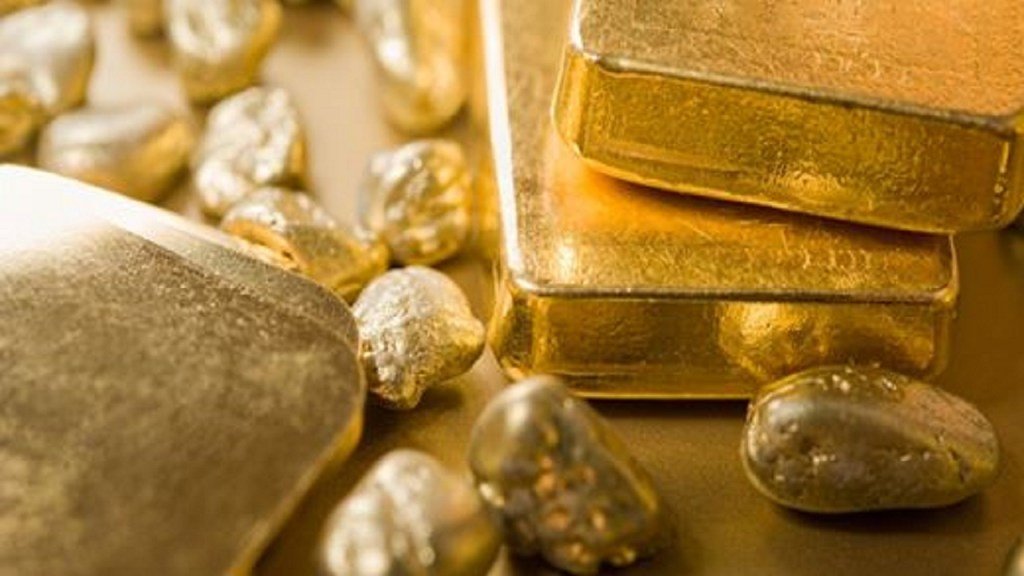
Gold demand is likely to soften in the second half of the year. However, WGC does not expect the market to collapse. Analysts say there is enough market uncertainty to support demand. According to analysts, although inflation started to decline in the second half, the supply situation in many commodity markets remains unstable. Therefore, analysts note that renewed increases cannot be ignored. In this direction, analysts make the following statement:
Such an environment will further emphasize the safety of gold. After all, the relative performance of gold remains solid into 2022. It supports diversification benefits compared to other hedges. Also, geopolitics is always a wild card and stays in mind for investors. Finally, net investor positions in futures have historically been short. It presents the risk of closing short on a positive price trigger.
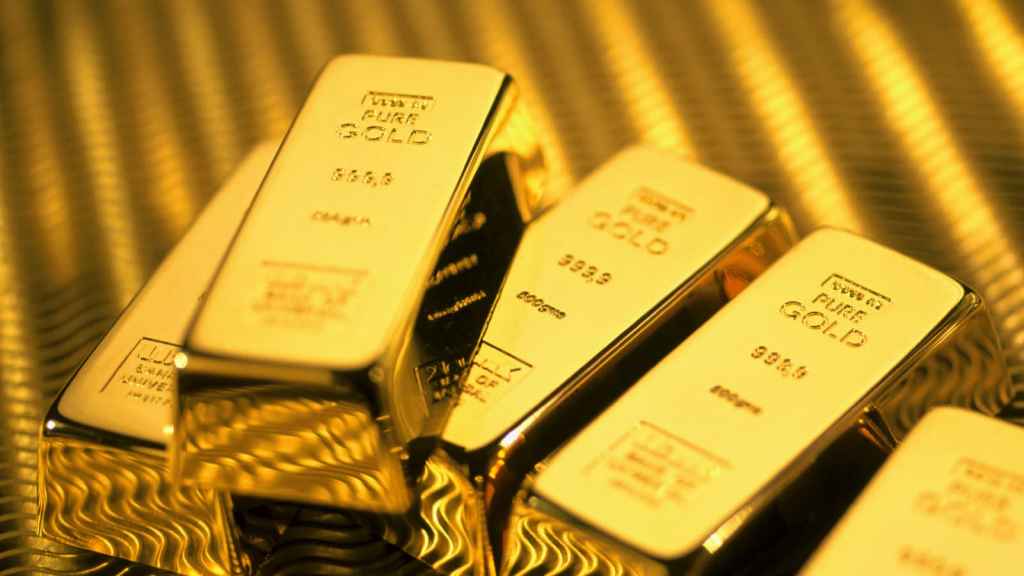
“Persistent inflation concerns supported gold investment inflows”
Looking at demand trends in the second quarter, WGC says much of the weakness could be due to declining investment demand. The report also states that total investment demand fell 28% in the second quarter. According to the report, products traded on the gold-backed exchange saw an output of 39 tons in the second quarter. At the same time, demand for physical bullion was relatively unchanged from last year. In this context, analysts make the following assessment:
Persistent inflation concerns supported gold investment inflows. However, monetary tightening and a rising dollar were probably the main drivers of outflows. These pressures escalated at the end of the quarter as the Fed adopted a more aggressive pace of tightening and amid fears of a potential recession alongside a collapse in commodity prices.
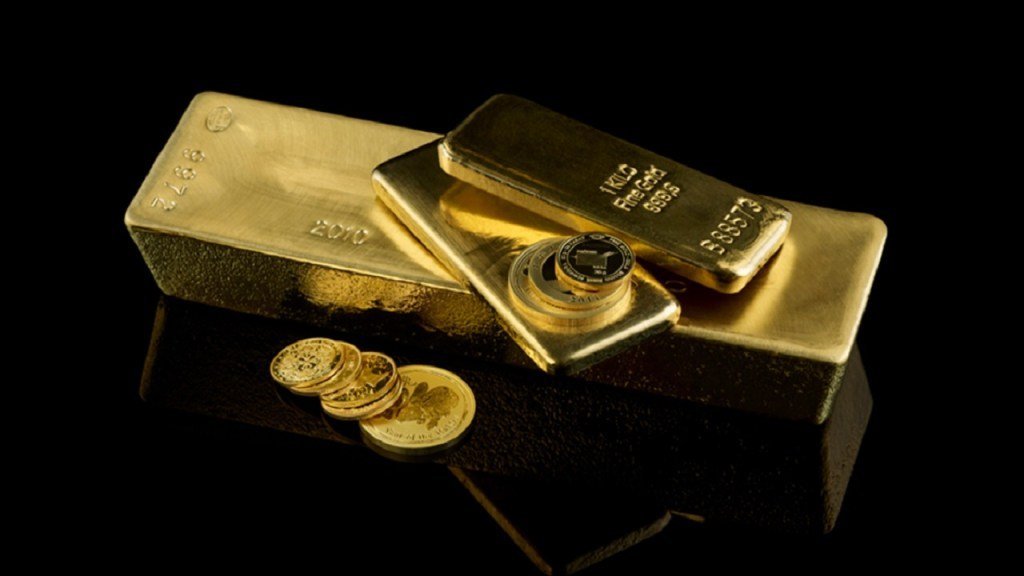
“Central banks continue to be net gold buyers”
Looking at the ETF market, WGC says that funds listed in North America are leading the exits. Analysts note that the liquidation is due to the Fed’s aggressive monetary policy stance. In addition to weak investment demand, central banks’ appetite for gold weakened, the report said. In the report, it was stated that central banks bought 180 tons of gold in the second quarter, down 14% compared to last year. But the WGC says it expects central banks to continue to be net buyers of gold, even as the pace slows for the rest of the year. Analysts make the following assessment on this issue:
We see central bank demand much more positively than we saw in our previous Gold Demand Trends report. Accordingly, we are revising our forecast for the full-year total so that it remains substantially unchanged from 2021. There is a possibility that it will go up a bit. This is due to a combination of low sales, continued purchases from regular buyers and demand from institutions that have not been buyers in recent years or for a very long time, such as in Ireland.

WGC foresees more challenges for the two biggest gold-consuming countries
One of the strengths of the gold market came from the demand for jewellery. The report states that global jewelery demand rose 4% year-on-year to 453.2 tons. India’s jewelery demand has dominated the global market, increasing by 49% in the second quarter from 2021. At the same time, the ongoing Covid quarantines in China continue to weigh on the market, with jewelry demand down 29% from last year.
Looking ahead, WGC sees more challenges for the world’s two largest gold-consuming nations. Analysts say they saw slower jewelery demand in India in the second half of the year. In this context, they make this statement:
Despite healthy demand in the second quarter, the macroeconomic backdrop of a weaker currency, rising inflation and higher interest rates created headwinds.
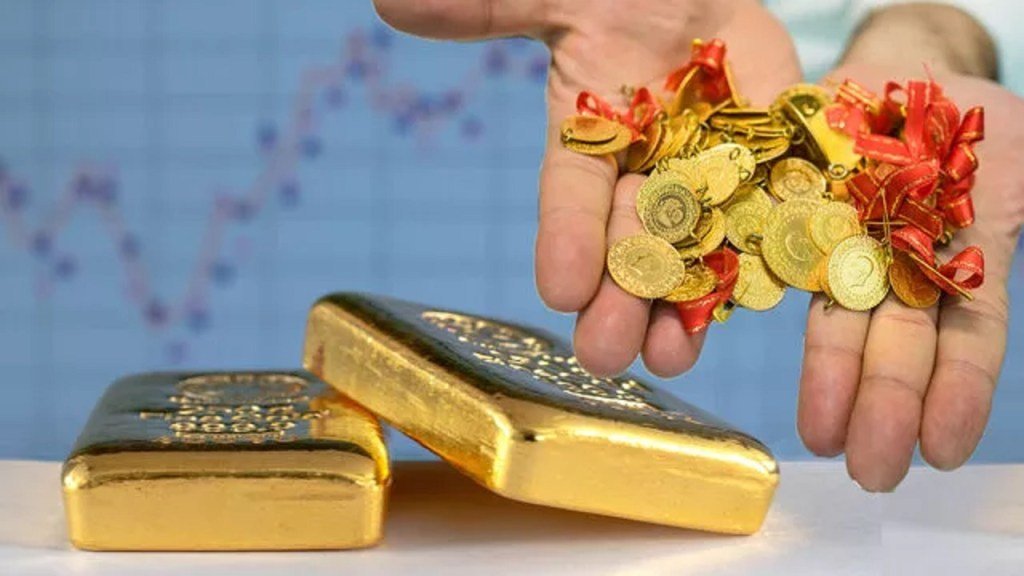
cryptocoin.com It is also stated in the report that the supply increases as the demand decreases. The report notes that the total gold supply rose 5% in the first half of the year, reaching a record high. In addition, WGC says that mineral production increased by 4% in the second quarter to 911.70 tons. In addition, the report notes a strong rebound in the gold market, up 8% in the second quarter.




